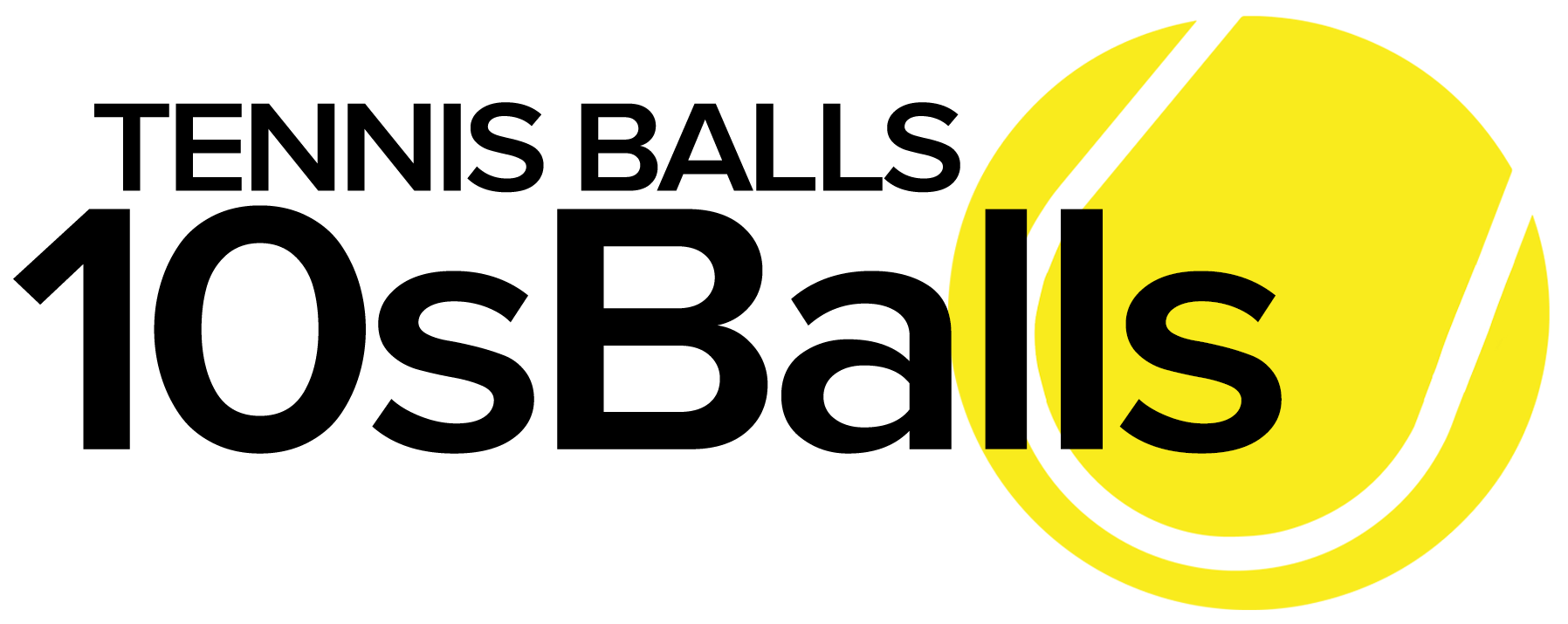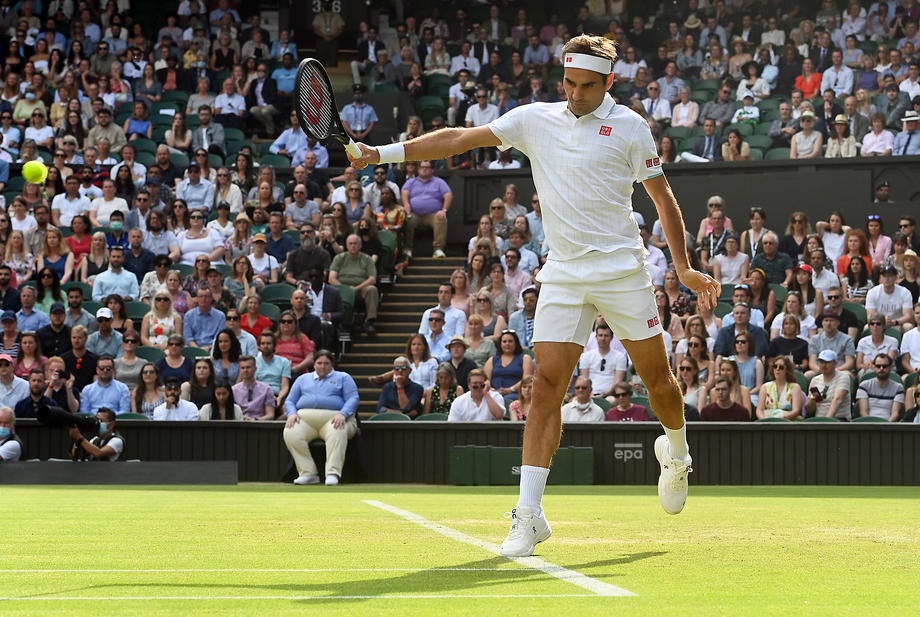- Stars Join Forces for Eisenhower Cup Return to Indian Wells on March 4
- Ken Thomas Broadcasting from Georgia’s Rome Tennis Open
- Solinco Launches All-New Whiteout V2 Racquet
- Stringlet: Serving Up Tennis Inspiration With A Twist
- Davis Cup qualifying to feature Brazil vs. France and Spain vs. Switzerland
- 2025 US Open Expands to Sunday Start
- Tennis Channel To Broadcast U.S. Davis Cup Qualifier vs. Tawain
- Stefanos Tsitsipas Receives Rotterdam Wild Card From Richard Krajicek
- Tien and Basavareddy to Play Delray Beach Open Qualifying
- Australian Open Tennis 2025 Ends with Madison Keys and Jannick Sinner As Winners By Alix Ramsay
- 2025 Australian Open Final Draws
- Jannik Sinner Sweeps Alexander Zverev for Second Straight Australian Open Title
- Ricky’s pick for the Australian Open final: Sinner vs. Zverev
- Australian Open Draws and Order Of Play for Sunday, January 26, 2025
- Madison Keys Upsets Defending Champion Aryna Sabalenka in Australian Open Final Thriller
U.S. Open Tennis Bubble Wasn’t Really Much Of A Bubble ? Or was it ? Balls Bounce • Bubbles Burst
- Updated: September 5, 2020

By Alix Ramsay
You have got to love the US Open’s communications department: in the event of fire, they always have a can of kerosene handy to pour on the flames.
On Friday afternoon, Adrian Mannarino was due to play Alexander Zverev in the third round. Nothing remarkable there. But then when the time came for them to play, there was no sign of them. Well, Zverev was on court; it was just that he was on the wrong court. He was relaxing in the sunshine on the balcony of his suite on the Arthur Ashe Stadium while men in suits ran around like wet hens in the background.

The problem was that Mannarino was one of France’s 11, the gaggle of French players who had had significant contact with Benoit Paire. Paire, as you will remember, tested positive for Covid-19 days ago and was withdrawn from the tournament without hitting a ball. His colleagues have been in double lockdown ever since.
At first, the health officials of the city of New York cleared the 11 to play provided they accepted the new protocols put in place for them – the bubble within the bubble, if you like. But by the time Mannarino was due to play on Friday, the state officials had stepped in and pulled rank. They did not want Mannarino to play at all.
As the game of will they, won’t they, can they, can’t they began, the USTA kept schtum. Finally, as the two men took to the court, they released a statement which read:
“The Zverev-Mannarino match was delayed while a collaborative dialogue with health officials was conducted today. Communication with the players was ongoing during the afternoon to keep them updated at all times. Given the sensitivity of the medical issues involved, the USTA is not able to provide further details.”

What had been a bit of a mystery was now a full-blown matter of intrigue. As the USTA had told us, something is going on but it is so “sensitive” we can’t possibly tell you what it is. Shhh, don’t tell anyone.
Fortunately, the USTA’s approach to information management had not reached the locker room and once they had finished their business on the Louis Armstrong stadium (Zverev won 6-7, 6-4, 6-2, 6-2), both men were willing to explain exactly what had happened. To be fair to them, they both accepted the situation as just another weird bump in a very weird road through 2020.
“Obviously the State Department of Health took over the City actually,” Mannarino said. “The City actually allowed me to play with a new protocol on Sunday. Obviously the State took over this decision to say that I’ve been exposed to a positive case obviously, so I should be quarantined in my room and not be able to go on the tennis court and play the match today.
“They told me they were trying to contact on phone some guys to see if this decision could be changed. Obviously, many effort has been done. They told me, OK, we decided to put your match not before 5:00. Sascha agreed, which is nice. They told me, We’re going to have a look at the situation, trying to see if we can get you on court today, which obviously they did.
“I just want to be thankful to all these people who have been trying to get me on court today. As I say, many effort has been done. I was able to play my tennis match. I’m pretty happy about that. Unfortunately, I lost the match. But still, as I said, I’m happy I was on court.”

Mannarino, though, now has to stay quarantined in his hotel room and cannot go home until Friday while his coach cannot leave until Saturday. Any thoughts he might have had about getting in some extra clay court preparation before Rome and the French Open have been put on hold and he can do nothing but twiddle his thumbs until the health authorities set him free.
So far, most players have heaped praise on the USTA for organising the tournament as well as they have and for getting a grand slam – along with the prize money – up and running. After six months of no work and no income, most are glad just to be back in gainful employment.
Still, it doesn’t take much to ruin the good will. Given that most governments are changing their minds and their policies daily about how to deal with the pandemic, it is only fair to think that the USTA might do likewise. And when the state authorities wade in, they can change everything in an instant. They have that power; it is not the fault of the USTA.
But by keeping everything secret, the USTA is powerless to stop rumour and speculation spreading like wildfire. Particularly when you have everyone penned in together, unable to get out.
Novak Djokovic, fresh from marmalising Jan-Lennard Struff 6-3, 6-3, 6-1 in 103 minutes, was not pointing the finger of blame at the USTA but he was less than happy with the confused messages coming from the tennis bigwigs and the different treatment of different players who found themselves in the same situation.

“I am not happy with the way these kind of circumstances and this situation with the French players was managed,” Djokovic said. “I am not happy to see that [Hugo] Dellien and [Guido] Pella were in a very similar situation and were withdrawn from the tournament. They had to be quarantined in their room.
“Then a very similar situation happened with the French guys, that obviously Benoit was positive. We don’t even know if it was a false positive because after a few days he was negative.
“That hasn’t been cleared up here with Benoit. He’s quarantined. He’s out of the tournament. Then all the other guys that were close to him maybe during this time, they were allowed to play. Pella and Dellien were not allowed to play. They had a very similar situation. A lot of inconsistency.
“Communication-wise, look, it’s not I think ideal. It can be better. But at the same time, I also understand that the ATP and USTA don’t hold the decision-making process in their hands. Sometimes they have to just execute what the health department of New York and the City of New York orders them to do, otherwise the tournament might be compromised and cancelled.
“It’s not easy. I mean, sometimes I don’t want to be in the skin of people who were in the midst of this. At the same time, players I think are left with very little information, very little power to express themselves or to fight for their own right to play and to travel back home. It’s very, very strange, I must say.”
Djokovic, who said that he had been trying to contact the Governor of New York on Friday afternoon in order to help get Mannarino on court, is, of course, setting up his own players’ association so matters political are at the top of his agenda. And protecting the players and their rights is what the new association is all about. That said, he has still failed to get the majority of top ATP players to join his new group and now he is talking to Serena Williams to see if she would like to sign on the dotted line.
Sloane Stephens already seems to be a convert and, according to Djokovic, she was working with Vasek Pospisil at last year’s Open to try and gather support to start a new association.

“You have to ask Sloane,” Djokovic said. “Obviously I don’t want to speak on her own behalf, and Serena, but there are conversations happening between us. I’m going to reach out to more female tennis players.
“It’s a process. It’s going to take time. We also don’t have majority of the players in top 500 singles, or top 200 doubles at the moment. We are gradually increasing. Our priority is to grow these numbers as much as we can. We have patience. We’re not rushing anywhere.”
And if the New York State health authorities crack down again, no one will be going anywhere for quite some time. But just don’t tell anyone; the USTA prefer it that way.






